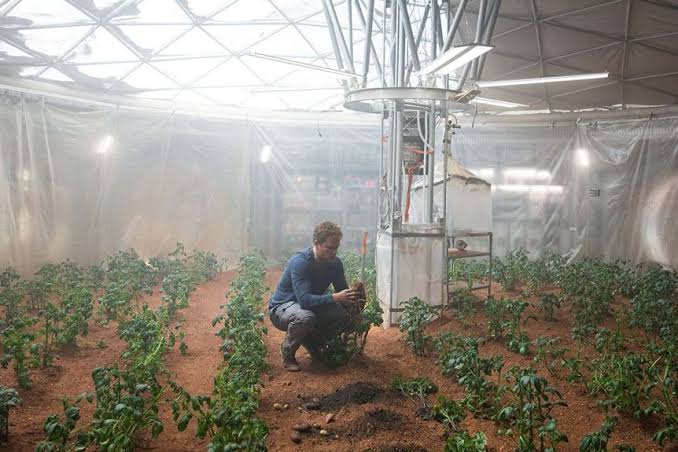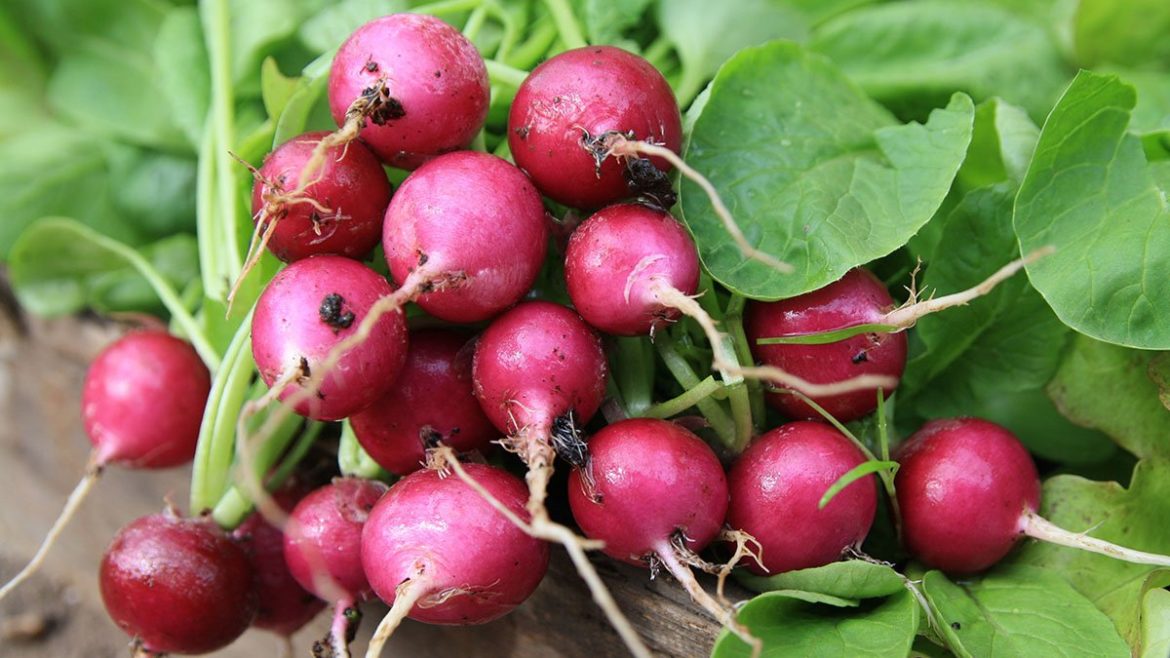NASA Astronauts at the International Space Station –
NASA astronaut- Kate Rubins harvested radish plants growing in the Advanced Plant Habitat (APH) aboard the International Space Station.
The following written content by Linda Herridge

On Nov. 30, 2020, NASA astronaut Kate Rubins harvested radish plants growing in the Advanced Plant Habitat (APH) aboard the International Space Station. She meticulously collected and wrapped in foil each of the 20 radish plants, placing them in cold storage for the return trip to Earth in 2021 on SpaceX’s 22nd Commercial Resupply Services mission.
The plant experiment, called Plant Habitat-02 (PH-02), is the first time NASA has grown radishes on the orbiting laboratory. NASA selected radishes because they are well understood by scientists and reach maturity in just 27 days. These model plants are also nutritious and edible, and are genetically similar to Arabidopsis, a small flowering plant related to cabbage that researchers frequently study in microgravity.
“Radishes are a different kind of crop compared to leafy greens that astronauts previously grew on the space station, or dwarf wheat which was the first crop grown in the APH,” said Nicole Dufour, NASA APH program manager at Kennedy Space Center. “Growing a range of crops helps us determine which plants thrive in microgravity and offer the best variety and nutritional balance for astronauts on long-duration missions.”

The structure of the experiment will allow NASA to identify the optimum balance of care and feeding needed to produce quality plants. While growing inside the habitat, the radishes required little maintenance from the crew.
Unlike previous experiments in NASA’s APH and Vegetable Production System (Veggie), which used porous clay material preloaded with a slow-release fertilizer, this trial relies on precisely defined quantities of provided minerals. Such precision allows for a better comparison of nutrients provided to and absorbed by the plants.
The chamber also uses red, blue, green and broad-spectrum white LED lights to provide a variety of light to stimulate plant growth. Sophisticated control systems deliver water, while control cameras and more than 180 sensors in the chamber allow researchers at NASA’s Kennedy Space Center to monitor the plant growth as well as regulate moisture levels, temperature, and carbon dioxide (CO2) concentration.
The study’s principal investigator, Karl Hasenstein, a professor at the University of Louisiana at Lafayette, has conducted plant experiments with NASA since 1995. From this project, Hasenstein hopes to learn how space conditions like weightlessness affect plant growth, and how well the light response and metabolism resembles “Earth-grown” plants.
“Radishes provide great research possibilities by virtue of their sensitive bulb formation,” Hasenstein said. “We can grow 20 plants in the APH, analyze CO2 effects, and mineral acquisition and distribution.” Read more from NASA.
Follow News Without Politics for more interesting and relevant, important U.S. and world news stories plus health, entertainment, sports, weather, food and more without media bias.
Stay informed daily. unbiased news fair and balanced, ahead of influence.




